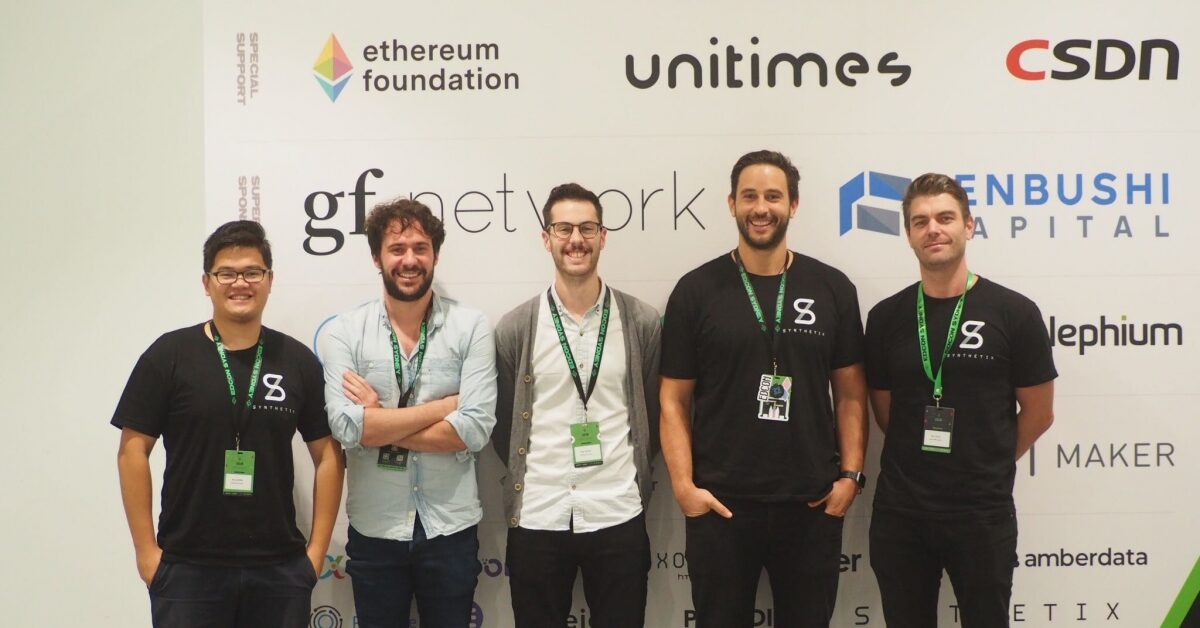
Optimism has “soft launched” its solution to Ethereum’s transaction problem, the Optimistic Virtual Machine (OVM).
The startup announced Friday that OVM is now live, at a time when gas fees have reached near all-time highs for decentralized finance (DeFi) traders. Indeed, the cost to send a single Ethereum transaction has hovered in the low single-digit dollars for the last month – a bit steep for the “internet of money.”
First on the docket is DeFi exchange Synthetix, which has been working on an integration for some weeks now. The platform allows traders to exchange Ethereum-based synthetic contracts of real-world assets including oil futures.
The transition will roll out in four phases to limit risk to the platform, Synthetix co-founder Kain Warwick wrote in a Jan. 14 blog post. Staking the platform’s native token, SNX, is now possible on OVM, the team said.
“We have opted for initiating the transition with the absolute minimum risk to [layer one], and then adding functionality over the course of the next few months as we build confidence in [Optimistic Ethereum],” Warwick wrote.
Optimism, formerly known as Plasma Group, has pioneered one implementation of what are known as Optimistic Rollups (ORs). ORs – or other rollup variants such as ZK-Rollups – are layer two solutions that act as throughput boosters for blockchains. (These are not dissimilar in a general sense from Bitcoin’s Lightning Network.)
A rollup allows a blockchain to settle more transactions across the whole network by sending transactions off-chain, validating them and then settling the lump value on the main Ethereum blockchain. Most dapps have a rollup solution on the agenda.
In conjunction with other technical solutions, the expectation is Ethereum will be able to execute and settle about 100,000 transactions per second (TPS) with rollups.
Source